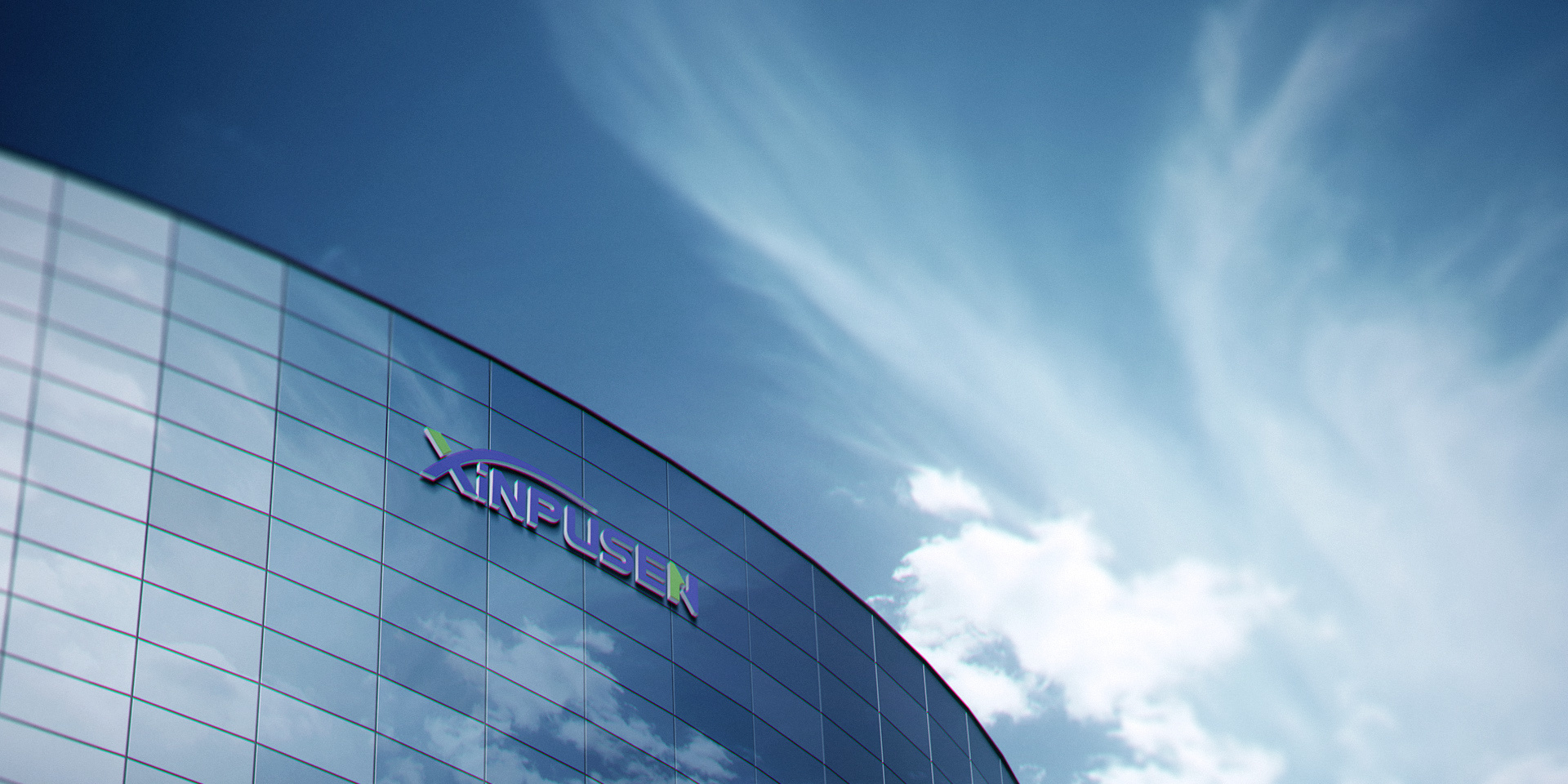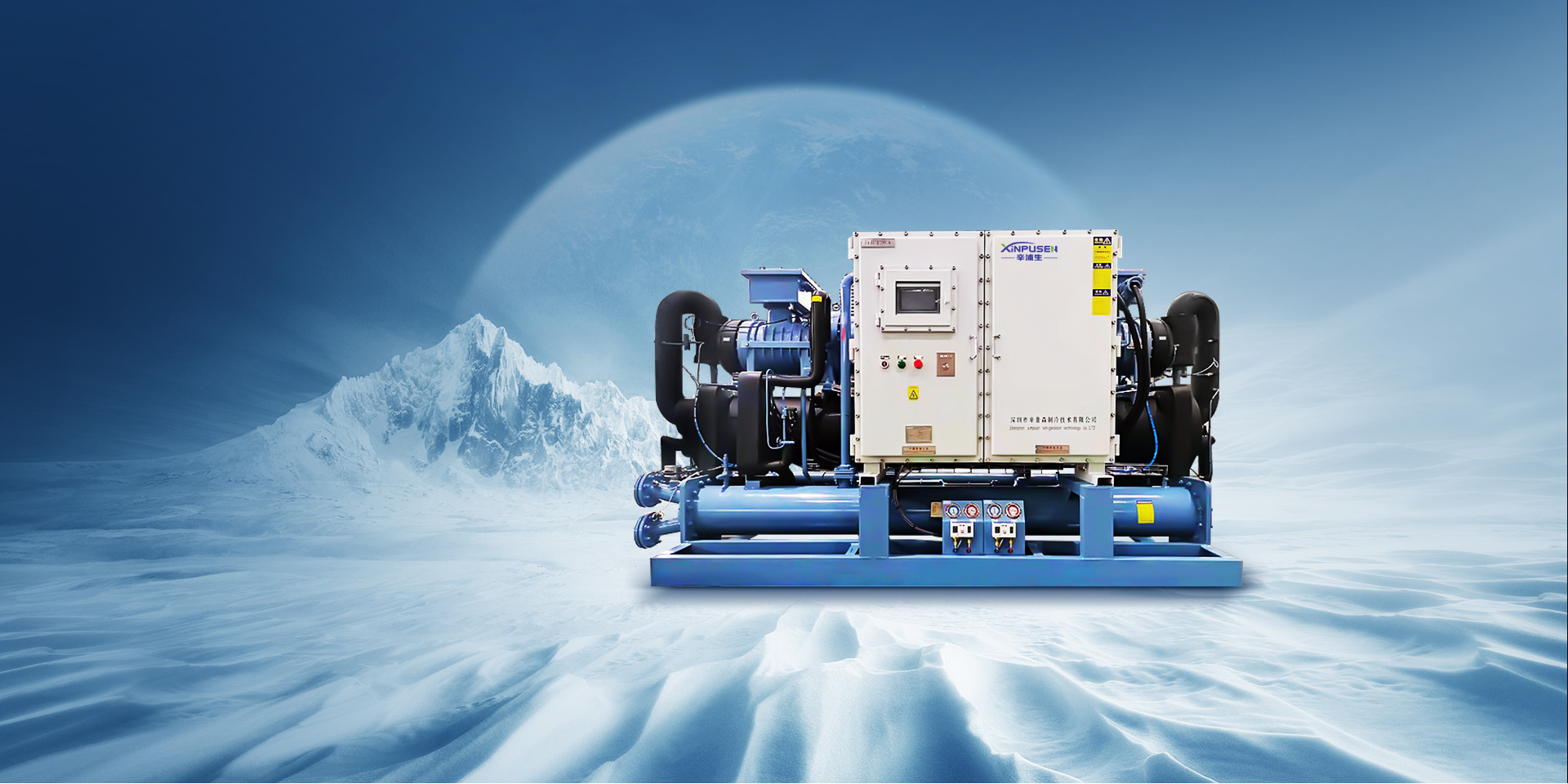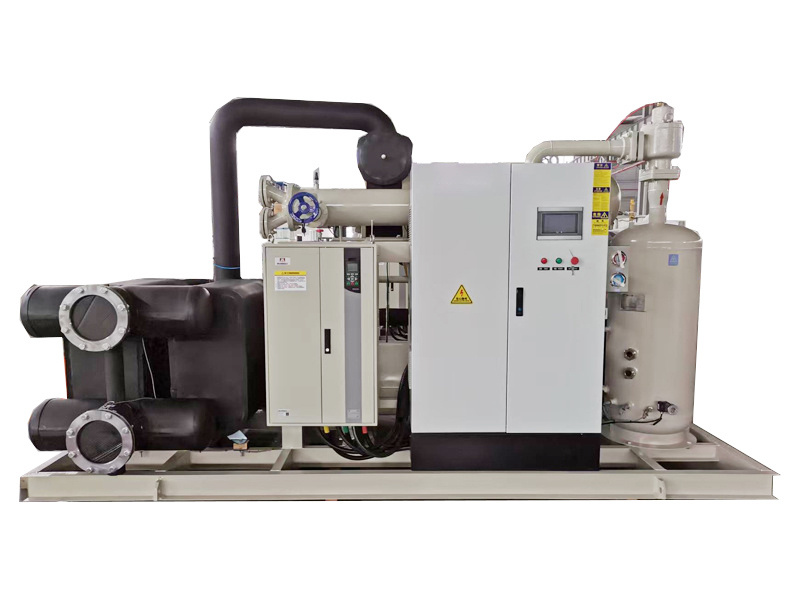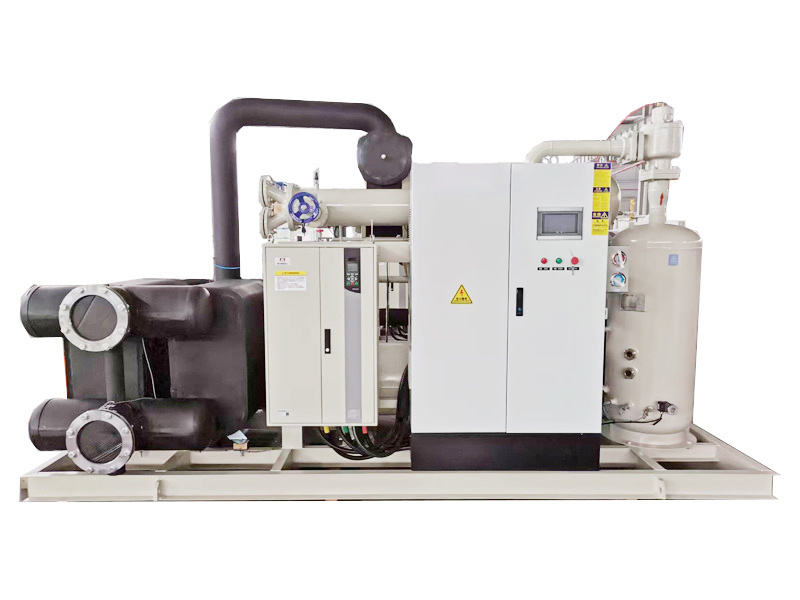Unlocking Energy Efficiency: The Comprehensive Benefits of Variable Frequency Chillers
2025-06-07 14:00
Unlocking Energy Efficiency: The Comprehensive Benefits of Variable Frequency Chillers
Table of Contents
- 1. Introduction to Variable Frequency Chillers
- 2. Understanding Energy Efficiency in Cooling Systems
- 3. What are Variable Frequency Chillers?
- 4. Benefits of Variable Frequency Chillers
- 4.1 Energy Savings
- 4.2 Operational Flexibility
- 4.3 Improved Equipment Longevity
- 4.4 Positive Environmental Impact
- 5. How Variable Frequency Chillers Work
- 6. Installing Variable Frequency Chillers: What You Need to Know
- 7. Cost Analysis of Variable Frequency Chillers
- 8. Frequently Asked Questions
- 9. Conclusion
1. Introduction to Variable Frequency Chillers
In today's industrial landscape, **energy efficiency** is more than just a buzzword; it is a crucial element that directly influences operational costs and environmental responsibilities. Among the various solutions available, **Variable Frequency Chillers (VFCs)** stand out as a transformative technology, providing significant advantages over traditional chilling systems. This article delves into the mechanics of VFCs, their benefits, and why they are becoming an essential investment for businesses seeking sustainable cooling solutions.
2. Understanding Energy Efficiency in Cooling Systems
2.1 Definition of Energy Efficiency
**Energy efficiency** refers to the ability to use less energy to perform the same task or achieve a similar output. In cooling systems, this means maximizing cooling output while minimizing energy consumption.
2.2 Importance of Energy Efficiency
Embracing energy-efficient technologies reduces operational costs, enhances system reliability, and contributes to environmental sustainability. As energy prices rise and regulations tighten, the importance of adopting efficient technologies like VFCs becomes even more pronounced.
3. What are Variable Frequency Chillers?
**Variable Frequency Chillers** are advanced cooling systems that use variable frequency drives (VFDs) to control the speed of the compressor motors. By adjusting the compressor speed in response to cooling load requirements, VFCs optimize energy usage, improve performance, and enhance overall system efficiency.
4. Benefits of Variable Frequency Chillers
4.1 Energy Savings
One of the primary benefits of Variable Frequency Chillers is their potential for substantial **energy savings**. Traditional chillers operate at a fixed speed, leading to inefficient energy use when the full cooling capacity is not required. In contrast, VFCs adjust their output to match real-time cooling demands, resulting in energy consumption reductions of up to 30%. This not only lowers utility bills but also contributes to reduced greenhouse gas emissions.
4.2 Operational Flexibility
Variable Frequency Chillers offer remarkable **operational flexibility**. They can respond to fluctuating cooling demands seamlessly, allowing businesses to scale their cooling efforts based on real-time needs. This adaptability is especially crucial in industries with varying production loads, such as manufacturing and food processing.
4.3 Improved Equipment Longevity
By minimizing the strain on the compressor and other system components through variable speed operation, VFCs can enhance equipment longevity. Continuous operation at fixed speed can lead to wear and tear on mechanical parts, while the gentle modulation of speed in VFCs reduces this stress, ultimately resulting in lower maintenance costs and extended lifespans for the equipment.
4.4 Positive Environmental Impact
The use of Variable Frequency Chillers aligns with global sustainability goals. By reducing energy consumption and associated emissions, VFCs support corporate social responsibility initiatives and contribute to a cleaner environment. Many companies are now prioritizing eco-friendly technologies, and VFCs fit perfectly into this paradigm.
5. How Variable Frequency Chillers Work
Understanding how Variable Frequency Chillers function is essential to appreciate their benefits fully. VFCs use a **variable frequency drive** to control the compressor's motor speed. When cooling demand is low, the drive reduces the compressor's speed, leading to decreased energy use. Conversely, when demand increases, the drive adjusts the speed accordingly. This dynamic control not only optimizes performance but also stabilizes the overall system.
The integration of advanced sensors and controls in VFCs allows for precise monitoring of system performance. These technologies enable real-time adjustments, ensuring that cooling is maintained effectively without unnecessary energy expenditure.
6. Installing Variable Frequency Chillers: What You Need to Know
Installing Variable Frequency Chillers requires careful planning and consideration. Here are some critical steps and factors to keep in mind:
- **Assessment of Cooling Needs:** Conduct a thorough analysis of your facility's cooling requirements to determine the appropriate size and capacity of the VFC.
- **Integration with Existing Systems:** Evaluate how the new VFC will integrate with current cooling infrastructure. Compatibility with existing equipment can influence installation costs and complexity.
- **Professional Installation:** Engage with certified professionals who specialize in VFC installation. Proper setup is vital to ensure optimal performance and energy savings.
- **Regular Maintenance:** Establish a maintenance schedule to keep the system operating efficiently. Regular checks can help identify potential issues before they escalate, maintaining reliability and performance.
7. Cost Analysis of Variable Frequency Chillers
Investing in Variable Frequency Chillers involves upfront costs, but the long-term savings can outweigh these initial expenses.
- **Initial Investment:** The installation cost of VFCs can be higher than traditional chillers due to advanced technology and components. However, many businesses view this as a long-term investment.
- **Operational Savings:** With reduced energy consumption, facilities often see a significant drop in utility bills. The energy savings can lead to a return on investment (ROI) within a few years.
- **Incentives and Rebates:** Many regions offer incentives and rebates for businesses adopting energy-efficient technologies. It is advisable to research local programs that can offset installation costs.
8. Frequently Asked Questions
1. Can Variable Frequency Chillers work in all industrial applications?
Yes, VFCs can be utilized in various industrial applications, including manufacturing, food processing, and HVAC systems, where cooling loads vary.
2. How much energy can I save by switching to Variable Frequency Chillers?
Many facilities experience energy savings ranging from 20% to 30% after implementing VFC technology, depending on usage patterns.
3. Do Variable Frequency Chillers require special maintenance?
While VFCs do require regular maintenance, their advanced technology can lead to lower maintenance needs compared to traditional systems.
4. What is the lifespan of Variable Frequency Chillers?
With proper maintenance, Variable Frequency Chillers can last between 15 to 20 years, or longer, depending on usage conditions.
5. Are Variable Frequency Chillers environmentally friendly?
Yes, VFCs are designed to reduce energy consumption and greenhouse gas emissions, making them a sustainable choice for cooling solutions.
9. Conclusion
In conclusion, Variable Frequency Chillers represent a significant advancement in cooling technology, offering a multitude of benefits ranging from **energy savings** to enhanced operational flexibility. With the growing emphasis on sustainability and efficiency in industrial operations, investing in VFCs is not only a prudent financial decision but also a step toward a greener future. By optimizing energy consumption and reducing environmental impact, these chillers serve as an essential component in the quest for energy efficiency in industrial settings. As industries evolve and adapt to new technologies, Variable Frequency Chillers will undoubtedly play a pivotal role in shaping a more sustainable and efficient future.
Previous: Understanding Mobile Container Chiller Units: A Comprehensive Overview
More Information
2025-10-20
china double-stage low temperature chiller
Discover the ultimate cooling solution with our advanced Double-Stage Low Temperature Chiller, designed for applications requiring extreme precision and power. This specialized equipment utilizes a sophisticated two-stage refrigeration cycle to deliver outstanding performance where it matters most
2025-10-20
Understanding Double-Stage Low Temperature Chillers: Efficiency and Applications
Double-stage low temperature chillers represent a vital component in the realm of industrial refrigeration, particularly for applications requiring precise cooling at lower temperatures. These chillers are designed to operate effectively in environments where standard cooling systems may falter, providing a reliable solution for industries such as pharmaceuticals, food processing, and chemical man
2025-10-13
Understanding the Benefits of a Double-Stage Low Temperature Chiller: A Comprehensive Guide
Understanding the Benefits of a Double-Stage Low Temperature Chiller
Table of Contents
What is a Double-Stage Low Temperature Chiller?
How Does a Double-Stage Low Temperature Chiller Work?
Key Benefits of Double-Stage Low Temperature Chillers
1. Energy Efficiency
2. Enhanced Performance
3. Reduced Operational Costs
4. Better Env
2025-10-06
Understanding the Benefits and Functionality of Double-Stage Low Temperature Chillers
Double-stage low temperature chillers are sophisticated cooling systems that provide efficient temperature control across various industrial applications. These chillers are designed to cool fluids to significantly lower temperatures than typical single-stage systems, making them indispensable in processes that require precise thermal management. In this article, we will delve into the functionali
2025-10-20
china double-stage low temperature chiller
Discover the ultimate cooling solution with our advanced Double-Stage Low Temperature Chiller, designed for applications requiring extreme precision and power. This specialized equipment utilizes a sophisticated two-stage refrigeration cycle to deliver outstanding performance where it matters most









 CN
CN EN
EN


